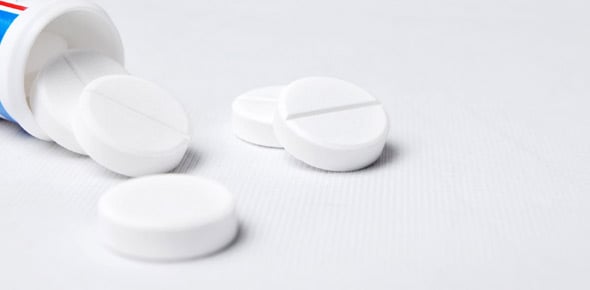Cholinergic Pharmacology: Mechanisms and Drug Types
- USMLE
- NCLEX
- PANCE
2.
You may optionally provide this to label your report, leaderboard, or certificate.
×
Thank you for your feedback!
















